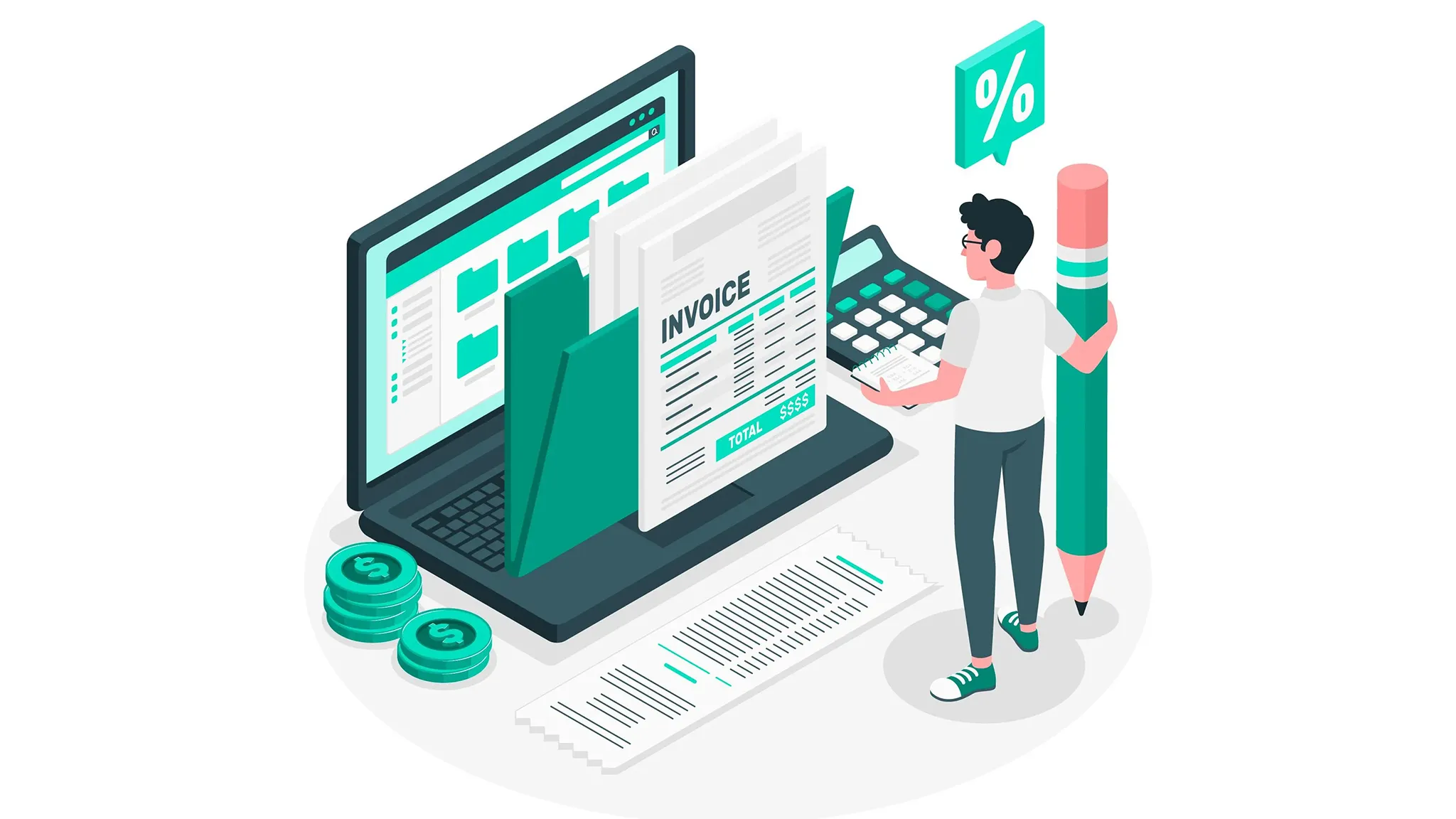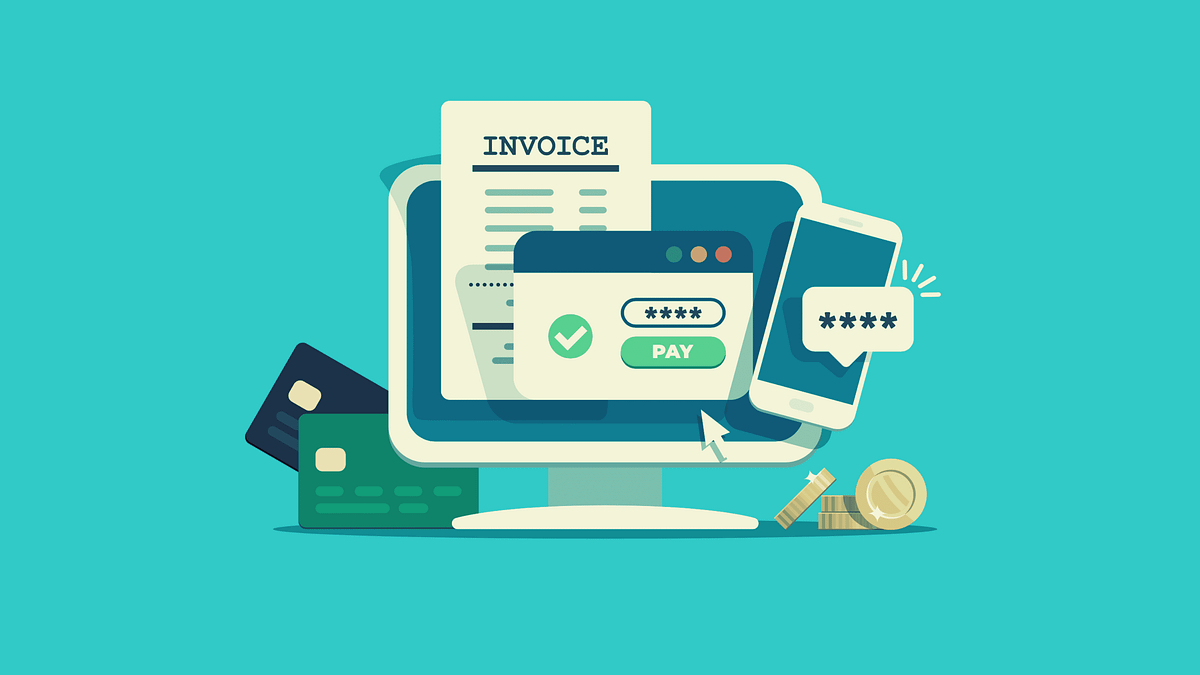Deferred payment is a financial arrangement in which a buyer receives goods or services but delays the payment to a later date. This system is widely used across various industries, including retail, banking, real estate, and telecommunications. It allows businesses and consumers to manage cash flow efficiently while still obtaining necessary products or services.
In this article, we will explore the concept of deferred payment in detail, including its significance, benefits, risks, industry applications, legal considerations, and best practices.
What is Deferred Payment?
Deferred payment refers to an agreement where a buyer is allowed to receive goods or services without immediate payment, with an obligation to pay at a later specified time. This system is commonly seen in postpaid billing, installment financing, and credit-based transactions. The terms of payment, including interest rates and due dates, are usually outlined in a contract.
Importance of Deferred Payment
Deferred payment plays a crucial role in business transactions and consumer purchases. The key reasons for its importance include:
- Improved Cash Flow – Buyers can obtain goods and services without immediate financial strain.
- Business Growth – Companies can expand operations by offering flexible payment options.
- Encourages Large Purchases – Consumers can afford expensive items without paying the full amount upfront.
- Credit Building – Helps individuals and businesses build credit history.
Benefits of Deferred Payment
- For Businesses:
- Increases customer purchasing power, leading to higher sales.
- Attracts customers who prefer flexible payment plans.
- Strengthens long-term relationships with clients through credit-based services.
- For Consumers:
- Allows purchase of essential goods and services without upfront payment.
- Provides flexibility in financial planning.
- Helps build a positive credit score when payments are made on time.
Risks of Deferred Payment
- Debt Accumulation – Buyers may struggle to manage multiple deferred payments.
- Credit Risk – Businesses may face losses if buyers default on payments.
- Interest & Fees – Some deferred payment agreements include high-interest rates or penalties.
- Legal Disputes – Contractual disagreements over payment terms can arise.
Industry Applications of Deferred Payment
Deferred payment arrangements are widely used in different sectors:
- Telecommunications – Postpaid mobile and internet plans allow users to pay after usage.
- Retail & E-Commerce – Buy Now, Pay Later (BNPL) services enable consumers to purchase items on credit.
- Automobile Industry – Car financing and lease agreements use deferred payment structures.
- Real Estate – Mortgage loans and rent-to-own agreements allow deferred payments.
- Education – Student loans offer deferred payment until after graduation.
Legal Considerations
Deferred payments must comply with legal and financial regulations. Key aspects include:
- Contractual Agreements – Clearly defined terms outlining payment schedules and penalties.
- Interest & Fees Disclosure – Transparency regarding any additional costs.
- Regulatory Compliance – Adherence to financial lending laws.
- Debt Recovery Measures – Legal procedures for handling defaults.
Best Practices for Managing Deferred Payments
- Establish Clear Terms – Ensure agreements specify due dates, interest rates, and penalties.
- Assess Creditworthiness – Conduct background checks before offering deferred payment options.
- Use Automated Billing Systems – Improve efficiency and minimize late payments.
- Encourage Timely Payments – Offer incentives for early or on-time payments.
- Monitor Accounts Regularly – Keep track of outstanding payments to mitigate risks.
Conclusion
Deferred payment is a valuable financial tool that benefits both businesses and consumers by offering flexibility in transactions. While it provides advantages like improved cash flow and increased purchasing power, it also carries risks such as debt accumulation and credit defaults. Understanding its importance, risks, and best practices ensures that deferred payments remain a reliable and effective financial strategy.
This guide provides a detailed insight into deferred payment, empowering individuals and businesses to make informed financial decisions.

